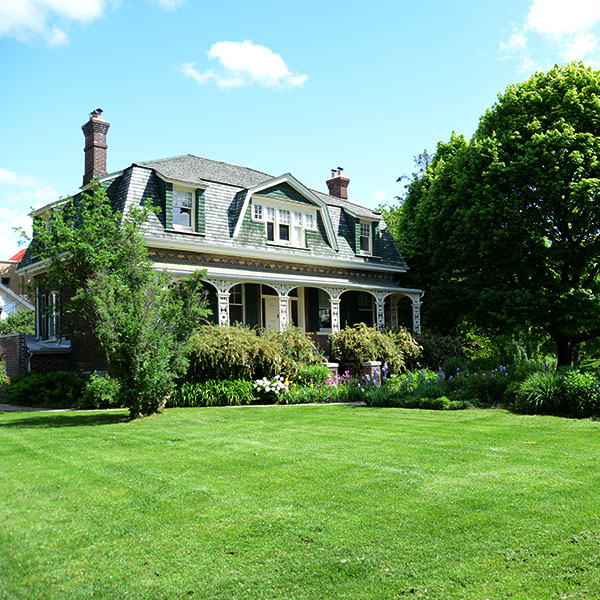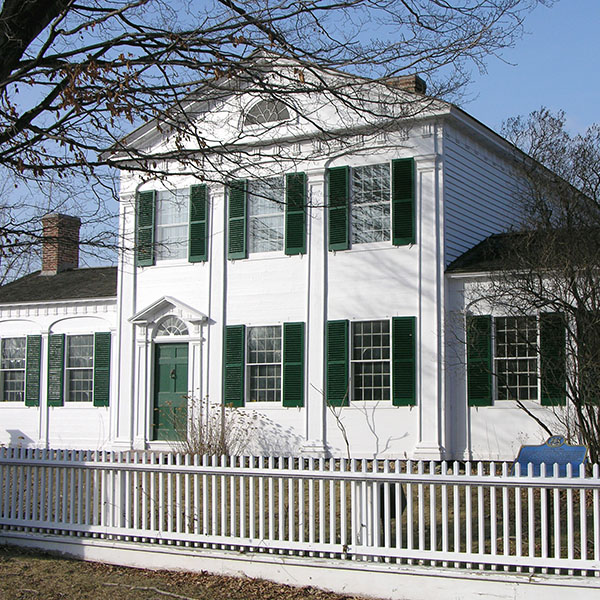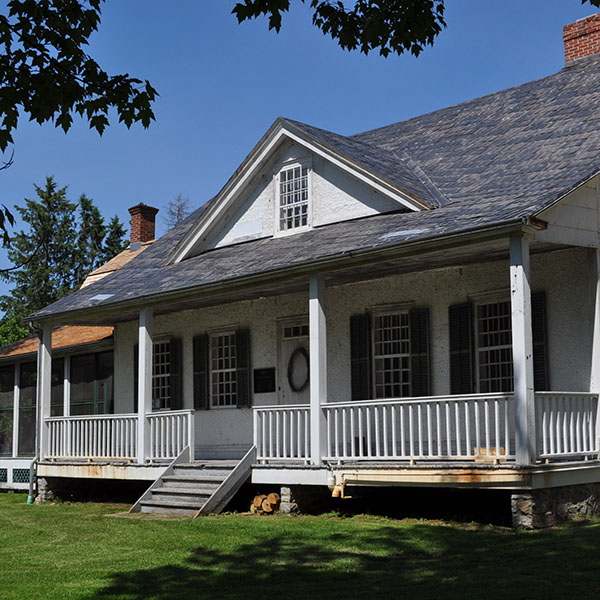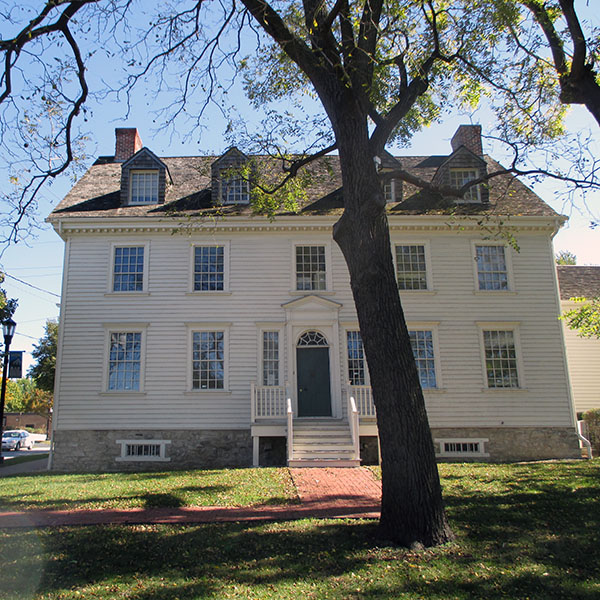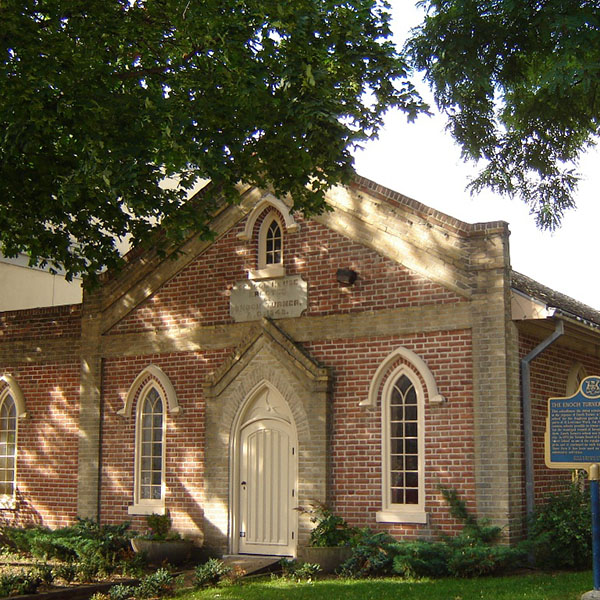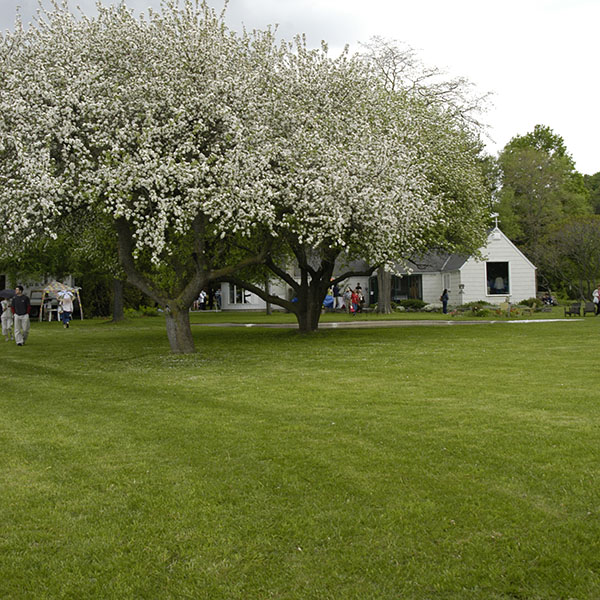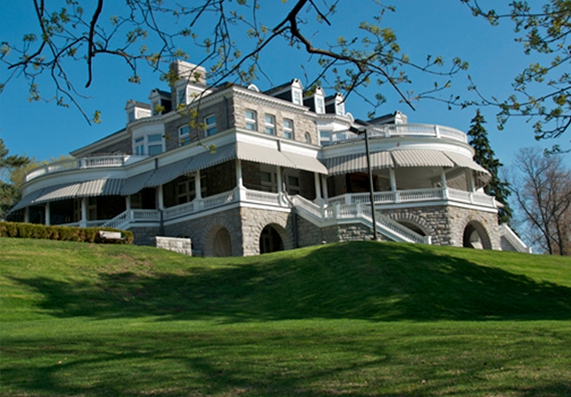Menu
Wolford Chapel — a Trust-owned property in England — is associated with significant British elements of Ontario's heritage. It was built by John Graves Simcoe (1752-1806), the first Lieutenant-Governor of Upper Canada, to serve as a place of worship for his family on their estate. It is also the burying place of Simcoe, his wife Elizabeth Posthuma Gwillim Simcoe (1766-1850), and six of their 11 children. In 1966, the John Graves Simcoe Memorial Foundation acquired the property on behalf of the people of Ontario from the owner of the estate, Sir Geoffrey Harmsworth, a British publisher. The Ontario Heritage Trust accepted title to the chapel in 1982 from the John Graves Simcoe Foundation, which also provided funds for its long-term care.
As Upper Canada's first Lieutenant-Governor, Simcoe was responsible for introducing the rudiments of British government to Upper Canada. Troubled relations between Britain and the United States made the defence of the infant colony one of his priorities. He founded York (Toronto) as a naval base for Lake Ontario.
Elizabeth Simcoe accompanied her husband to Upper Canada and recorded many of her experiences in her diaries. A talented artist, she drew maps to assist with government business and composed drawings and watercolours of provincial scenes.
In 1963, the Archaeological and Historic Sites Board of Ontario placed plaques to John Graves Simcoe in the Legislature of Ontario and at Wolford Chapel in England. Three years later a plaque was unveiled to Elizabeth Simcoe near the site of the Simcoe's former summer home, Castle Frank, on the edge of the Don Valley in Toronto.
Since the Trust acquired the site, restoration work has been performed on the chapel. The Trust works in partnership with the John Graves Simcoe/Wolford Chapel Committee, a local group of British citizens who are responsible for maintaining and promoting this special site for Ontario in England.


